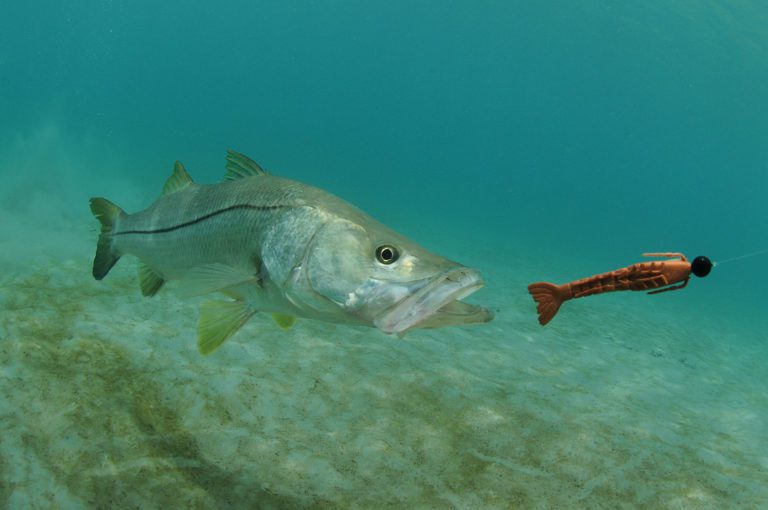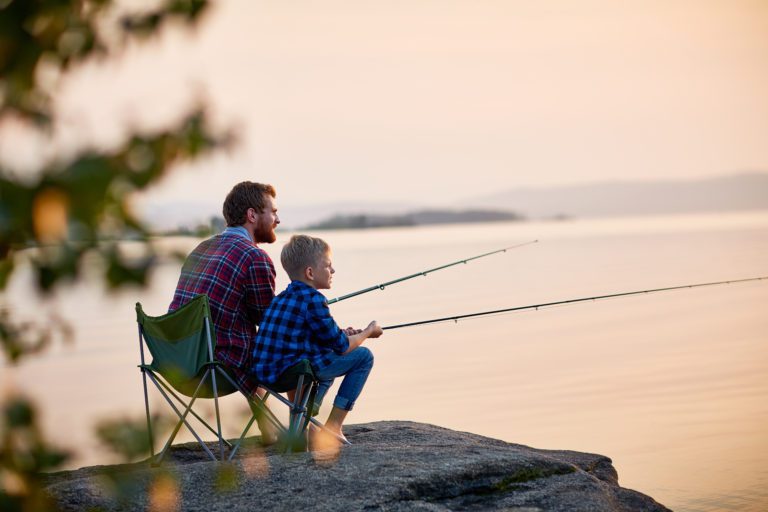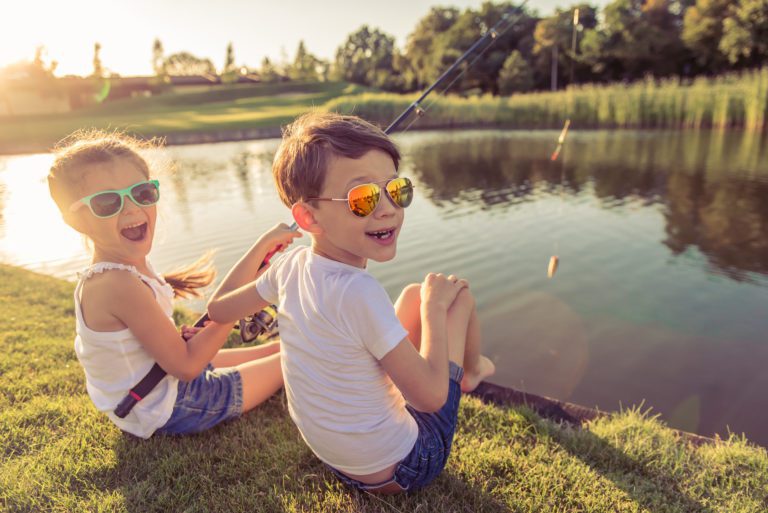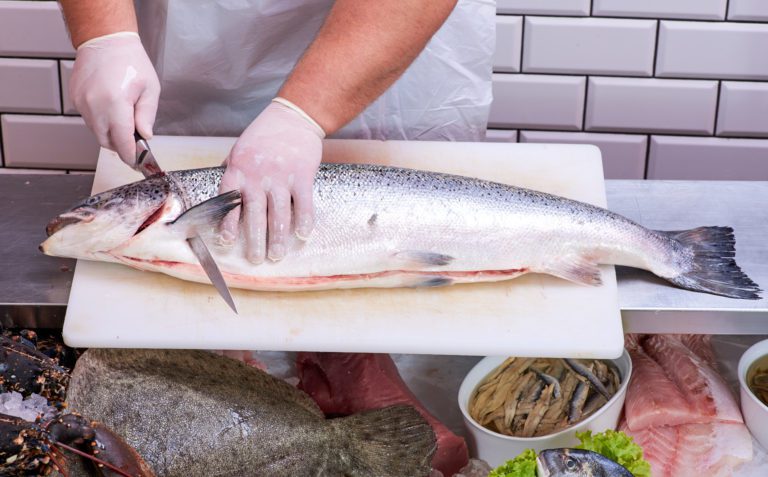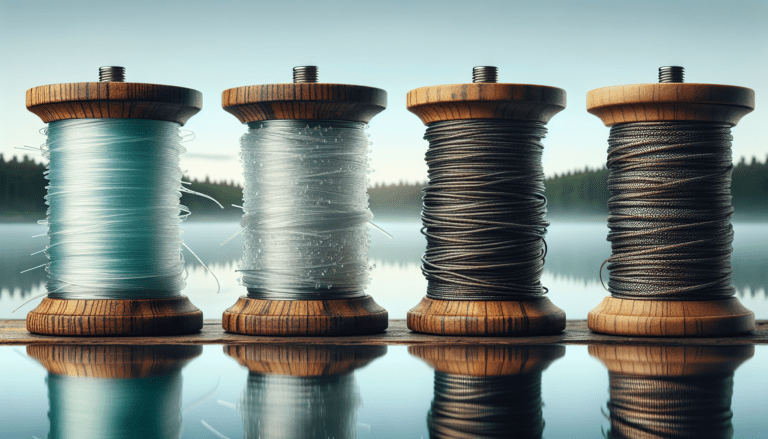Top Tips on Fishing for Beginners: Get Hooked with Ease
Wondering how to start fishing? You’ve come to the right place. Here are simple tips on fishing for beginners to help you start with ease. From essential gear to your first catch, we’ll guide you through every step. Let’s make your first fishing experience fun and successful.
Key Takeaways
-
Start your fishing journey with the right gear: a rod, reel, fishing line, hooks, and tackle box, while prioritizing quality and affordability.
-
Learn to pick suitable bait and lures and understand fish behavior to improve your chances of a successful catch.
-
Practice patience and observe your surroundings while fishing, as these skills are crucial for success and enjoyment.
Essential Fishing Gear for Beginners

Embarking on a fishing adventure requires equipping yourself with essential gear, including a rod, reel, line for fishing, hooks and a tackle box. Opting for an initial setup that strikes the right balance between quality and cost-effectiveness can ensure dependable performance while maintaining budget-friendliness. Quality equipment not only improves your overall experience, but also enhances your prospects of catching fish.
Beginners embarking on their first fishing trip should opt for either 4-pound or 6-pound test lines to start. It’s important to keep extra supplies in your tackle box such as additional lines, an assortment of hooks and lures, bait along with handy tools like pliers and gloves — this meticulous organization is key in improving the chances of successfully catching fish without mishaps related to lost gear.
When choosing a rod combination, make sure it pairs well with reels that are easy-to-use. Spincast or spinning varieties often offer beginners smoother handling during use. The proper selection of these components will serve as the bedrock upon which you build memorable experiences throughout your angling excursions.
Choosing the Right Rod and Reel
Selecting an optimal rod and reel combination is crucial for successful fishing, greatly enhancing performance and the overall enjoyment of the activity. Using a rod or reel that does not suit your targeted fish species or fishing environment can result in poor outcomes.
For those new to fishing, it’s often advisable to begin with closed spin-casting reels due to their ease of use. As beginners refine their technique, they might find spinning reels offer more precision and control. A 7-foot rod paired with a 3000 series reel is typically suitable for catching smaller fish.
When angling in environments such as rivers, ponds, or lakes, choosing a small-to-medium-sized pole is preferable. It’s also beneficial for anglers to replace the factory-installed line on new rods with one of higher quality for an improved feel during casting and retrieval. Customizing your tackle setup will play a significant role in enhancing your efficiency at reeling in catches when you’re out fishing.
Assembling Your Fishing Line and Tackle
Understanding the proper setup of your fishing gear is crucial for success. Beginners often prefer monofilament lines, as they are budget-friendly and simple to handle. To avoid missing out on potential catches, it’s important to regularly check and change any lines that show signs of wear.
The process of assembling a hook, line, and sinker can be done with ease. You should thread the leader line through the eye of the hook and wrap it 4-5 times around the mainline before fastening it in place.
Employing correct knot-tying methods is key to ensuring that you have a firm attachment between your line and hook, which significantly raises your likelihood of catching fish successfully. Once you’ve mastered these essential elements, you’re equipped to begin your fishing endeavors.
Selecting the Best Bait and Lures

Choosing the right bait and lures is key to attracting fish. Live baits like earthworms and shrimp are excellent for beginners. Fresh bait is more effective, so use the freshest options. Research the species you intend to catch to determine their preferred food and feeding spots.
Lures come in various shapes and sizes to mimic different prey. Crankbaits effectively mimic swimming fish, while soft plastic lures work well near the bottom or in vegetation. Match the lure color to water conditions: light for bright days and dark for cloudy conditions.
Selecting the right bait and lures boosts your chances of a successful big catch fishing trip.
Learning to Cast
Casting is a fundamental skill for every angler. Practicing with a rubber weight helps beginners focus on technique without snagging. Aim the rod tip at eye level for accuracy. Smooth motion and proper timing are crucial for a successful cast.
When using an open-bail spinning reel, release the line with your finger during the cast. Maintain composure to avoid poor timing. Regular practice builds confidence and improves casting skills, making fishing trips more enjoyable and productive.
Finding the Perfect Fishing Spot

Finding the perfect fishing spot requires preparation and observation. Beginners often overlook researching their destination. Use online resources and local advice to find ideal spots. Topographic maps help anticipate underwater features and identify deep and shallow areas.
Good fishing spots often include weedy or rocky areas with deep water and bottom changes. Fish gather near cover. Observing wave patterns and intervals can also reveal productive spots.
Planning and researching your fishing destination increases your chances of a successful and enjoyable trip.
Understanding Fish Behavior
Understanding fish behavior is crucial for successful fishing. Seasonal changes, like spring warming, trigger increased activity and feeding. Fish are more active during low-pressure systems that precede rain. Rainy or overcast conditions can extend their feeding period, enhancing their success.
Different fish species prefer varying water conditions, so understanding their habitat preferences is important. Structures like docks and vegetation provide cover, making them ideal lake fishing areas. Observing wildlife, like birds hunting baitfish, can help pinpoint productive spots.
Understanding fish behavior helps anticipate when and where to catch them.
Patience and Observation
Fishing requires considerable patience, as success in this activity often hinges on the ability to wait for extended periods. This quality can spill over into different aspects of life and contribute to an individual’s growth. It is essential for beginners to pay keen attention to their gear since proper timing is key when a fish takes notice.
Being adept at fishing means understanding the precise moment for action, a skill acquired through vigilant observation. By cultivating patience and enhancing your power of observation, you become not only more proficient but also instinctively sharper in angling pursuits.
Safety First: Essential Precautions
Safety should always be a top priority when fishing. Wear a personal flotation device (PFD) and cleated boots or shoes in dangerous areas. Appropriate clothing, sun protection, and layers are essential to avoid sunburn and fatigue.
Check the weather before fishing, as unfavorable conditions can be dangerous. Be prepared to seek shelter and move to higher ground if thunderstorms or rising water levels are forecasted.
Designate a responsible person as a ‘Water Watcher’ to monitor children around water. Taking these precautions ensures a safe and enjoyable fishing experience.
Conservation and Catch and Release

Conservation in fishing sustains fish populations and aquatic ecosystems. Practicing catch and release involves returning fish to the water immediately. To maximize survival, minimize the time fish spend out of water, ideally under 60 seconds.
Circle hooks or barbless hooks enhance survival chances for released fish. When handling fish, wet your hands to avoid damaging their protective mucus layer.
Practicing conservation and catch and release helps ensure more fish populations remain sustainable for future generations.
Fishing Etiquette

Fishing etiquette maintains a respectful and enjoyable environment. Keep a respectful distance from other anglers to prevent tangling lines and ensure a pleasant experience. If you wish to join someone fishing, politely ask for their permission first.
Keep noise levels low to preserve the environment and avoid scaring away fish. Practicing the ‘Leave No Trace’ principle means cleaning up all trash and leaving the fishing area spotless.
Following these etiquette tips contributes to a positive and respectful fishing community.
Best Times to Fish
The best times to fish are during dawn and dusk when fish are most active. Lower light levels allow fish to venture into shallower areas, making them easier to catch. Dropping barometric pressure can also increase fish activity and bites.
Water temperature significantly influences fish behavior and feeding patterns. Understanding these patterns helps plan trips for times when fish are most likely to be active and feeding.
Staying Comfortable: What to Wear
Ensuring comfort during fishing hinges on selecting appropriate attire and add-ons. It’s critical to have rain gear at hand, regardless of clear skies, as weather can shift without warning. Opt for fabrics that wick away moisture and allow your skin to breathe, layering them to adapt easily to fluctuating temperatures.
When faced with cooler conditions, layers made from materials such as fleece or wool are advantageous for maintaining warmth. Footwear with rubber soles is recommended for its non-slip qualities which enhance safety onboard. Additional items like protective hats, sunglasses, and gloves play a key role in shielding against the sun while also offering added ease throughout extended angling sessions.
Appropriate dress not only augments the overall angling journey, but also safeguards your comfort across diverse climatic situations.
Organizing Your Gear
Organizing your fishing gear is crucial for efficiency and success. Arrange tackle by fish species and lure types for efficient management. Use clear containers for visibility and quick identification. Label storage containers to keep track of various components.
A neat tackle box allows quick access to equipment, improving fishing success. Tackle bags are flexible and let anglers carry interchangeable trays for different styles. Efficiently organizing your gear minimizes the chances of losing tackle and maximizes fishing time.
Common Mistakes to Avoid
Enhancing your chances of success in fishing can be achieved by sidestepping frequent errors. Novices are prone to casting too far, selecting inappropriate bait, or overlooking the local rules and regulations. To make the most out of your time on the water and improve your prospects for catching fish, prepare your equipment in advance. Incorporate some foundational fishing tips into your approach for even better results.
To ensure you’re abiding by all legal requirements when fishing, it’s wise to verify state-specific ordinances online as well as obtain printed materials from nearby bait shops. Beginners have an opportunity to polish their angling abilities through practicing various techniques for both casting and retrieving lures. Steering clear of these common mistakes will not only elevate your proficiency but also boost confidence while engaging in this pastime.
Summary
To ensure success in your fishing endeavors, it’s imperative to equip yourself with appropriate gear, gain a deep understanding of fish habits, and master various fishing techniques. It is essential to focus on the acquisition of necessary equipment while also paying attention to the study of fish patterns and adherence to proper angling etiquette. Maintaining patience, being mindful of your environment, and always putting safety first are key.
Fishing offers both tranquility and excitement for those seeking a pleasurable pursuit outdoors. Heed these tips carefully for they will guide you toward becoming an adept angler full of confidence. With that said, gather up your tackle box and make tracks towards the nearest body of water – a thrilling chase for that substantial catch is just over the horizon!
Frequently Asked Questions
What is the best fishing line for beginners?
For beginners, a 4 or 6-pound test fishing line is your best bet; it offers the right balance of strength and ease of handling.
This way, you can focus on enjoying the experience without getting tangled up in the complexities.
When is the best time to go fishing?
The best time to go fishing is during dawn and dusk, as that’s when fish are most active and likely to nibble on your bait.
So set your alarm for early or plan a cozy evening on the water!
How should I organize my fishing gear?
Organizing your fishing gear is easy when you sort your tackle by fish species and lure types.
Using clear containers and labeling them makes for quick access, so you’re always ready for your next trip!
What safety precautions should I take while fishing?
It’s essential to wear a personal flotation device and protect yourself from the sun by wearing appropriate clothing.
Don’t forget to check the weather, so you’re ready for any sudden changes!
Why is catch and release important?
Catch and release is crucial because it supports fish populations and maintains healthy aquatic ecosystems by ensuring that fish can continue to thrive after being caught.

